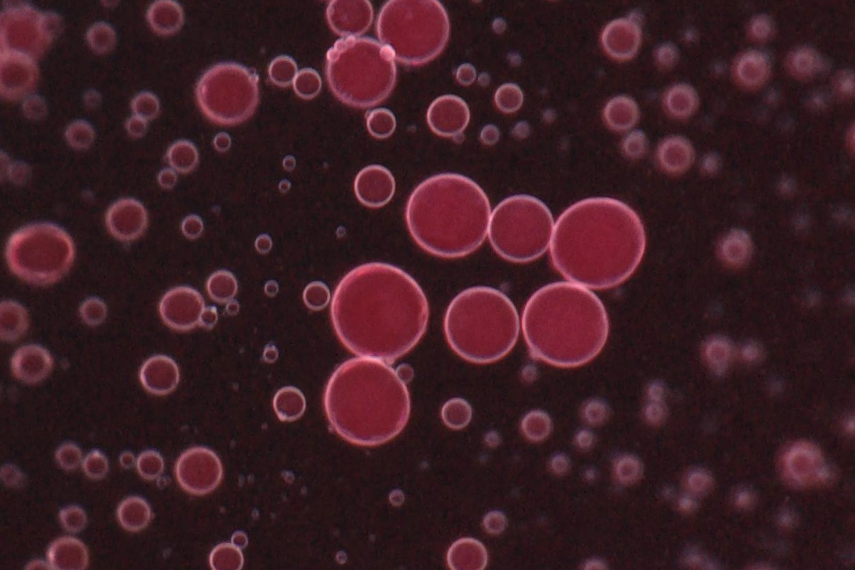Separating Environmental Pollutants from Soil and Groundwater

The Need for New Technologies
Chemical spills can wreak havoc on the environment, causing significant and long-term damage. Liquid pollutants that can be dissolved in water, called miscible pollutants, are especially troublesome because they tend to migrate quickly, requiring a fast and effective response. This group of pollutants includes many common industrial solvents such as methanol and toluene. Understanding how these pollutants move and mix with soil and groundwater is important for developing technologies that can help control their spread and reduce their negative impact.
Bacteria naturally present in the soil and groundwater often contribute to the degradation of pollutants by digesting them. Some of these bacteria produce substances called rhamnolipids that help them digest pollutants. These substances are also known to impact the mixing behaviour of miscible pollutants in water. Dr. Erica Pensisni, an Associate Professor in the School of Engineering at the University of Guelph, is studying how rhamnolipids may impact the mixing and migration of miscible pollutants in soil and groundwater. Since these substances will be naturally found at the site of a spill, her hope is to better understand the effect of rhamnolipids on the mixing of miscible pollutants and water so that new technologies can be developed to more effectively treat environmental contaminants. “There are no technologies today that can separate these miscible pollutants from water in a way that is both energy efficient and sustainable,” explains Pensini.

School of Engineering, University of Guelph
Understanding the Separation Mechanism
Pensini began by adding rhamnolipids to mixtures of water and miscible pollutants. She then studied the resulting properties of the mixture using a series of techniques capable of identifying changes down to the molecular level. She determined that the rhamnolipids displace the miscible pollutants from water, forming small droplets of the pollutant in a similar way that detergents trap grease and oil in a sink of dirty dishes.
By adding metal ions like iron and copper, which are naturally found in soil and groundwater alongside rhamnolipds, Pensini also showed that the rhamnolipids caused the metal ions to move from the water into the droplets of separated pollutant, allowing both to be removed together. This discovery could have important implications on the clean-up of mixed spills. The migration of metal ions would also promote the growth of bacteria in the soil that digest pollutants, which are sensitive to metal ions.
An Effective Approach
This study demonstrates that miscible pollutants can be effectively separated from soil and groundwater by rhamnolipids already found naturally in the environment. However, Pensini cautions that a secondary method would likely be needed to effectively treat a spill. “Rhamnolipids on their own are not a good treatment method because we would need large quantities and they can be expensive,” explains Pensini. “However, understanding how they impact the mixing behaviour in water is important for developing new separation technologies.”
Pensini’s research group is currently exploring other environmentally safe substances that can be used to separate miscible pollutants from water.
This story was written by Carley Miki as part of the Science Communicators: Research @ CEPS initiative. Miki is a PhD candidate in the Department of Physics under Dr. John Dutcher. Her research focus is on understanding the forces and interactions between soft, sugar-based nanoparticles and how they differ when charged.
This work is supported by the National Sciences and Engineering Research Council (NSERC) of Canada, Canada Foundation for Innovation (CFI), the National Research Council (NRC), the Canadian Institutes of Health Research (CIHR), the Government of Saskatchewan, and the University of Saskatchewan.
Patel, V., et. al. Effect of Bacterial Surfactants on the Phase Behavior of Miscible Pollutants in Water. Colloids Surf. C. 2023, 1, 100013. Doi: https://doi.org/10.1016/j.colsuc.2023.100013